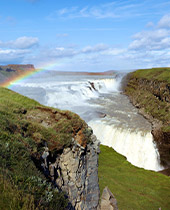Would you be right to omit greenery from your mental image of this rugged country? Currently just 2% of Iceland is covered by forests, but this was not always the case, and it’s changing.
Unlike most regions bordering the Arctic Circle, Iceland had no human inhabitants before the island was first visited by Europeans around 700 C.E. it was truly an uninhabited wilderness. Those early settlers would have been greeted by the harsh Iceland of your imagination, but it would have been softened somewhat by up to 40% forest cover.
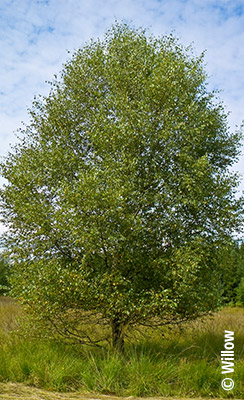
Downy Birch
Iceland’s pre-settlement forests were vast, but they were certainly not diverse. Just a single species – the Downy Birch – was responsible for almost all of the tree cover, and only sporadically adorned by European Aspen, European Mountain-Ash, and Tea-leaved Willow. These birchwood forests were undoubtedly a vital resource for newly arrived travellers in an unforgiving land.
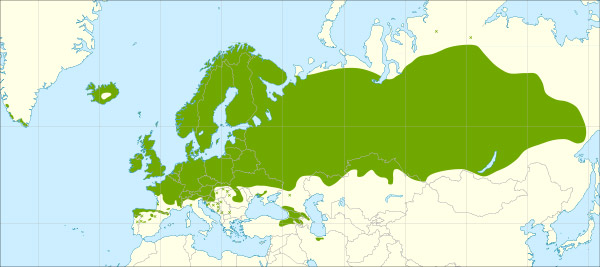
Distribution map of Downy Birch
Reduced by clearing and harvesting, and continuously suppressed by the grazing of sheep, Iceland’s forest cover dipped below 1% in the mid-1900s. By that time, even many Icelanders believed the country to be naturally treeless, and that trees were simply not able to grow there. This rapid decline is among the worst deforestations in the world, and its impacts are broad.
In addition to reducing habitat for wildlife, the disappearance of trees and their stabilizing roots has subjected much of the land to erosion, with soil literally blowing into the ocean and exposing the bare rock beneath. The resulting loss of fertility left Iceland heavily dependent on imports of both food and lumber from abroad.
In the mid-1900s, realizing the impacts of forest loss, the Icelandic government slowly began a concerted effort to bring trees back to the landscape: a process they call afforestation. In addition to protecting the few remaining stands of trees, the Icelandic Forest Service (IFS) began a campaign of tree planting, which particularly gained steam in the 1990s.
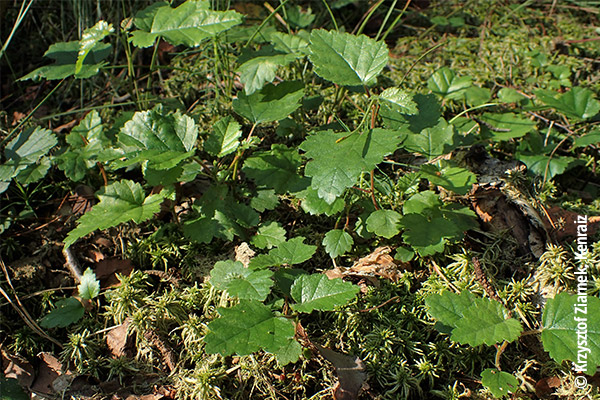
Downy Birch seedlings
The government’s efforts have begun to bear fruit, as the forest cover in Iceland has grown to as much as four times its historic low. Native birchwood forests are expanding, but the IFS has also established stands of non-native, commercially valuable species. While the Icelandic forest industry remains small, these new stands are now providing sustainable, local wood for niche markets such as pizza baking, handicrafts, and building fish-drying racks.
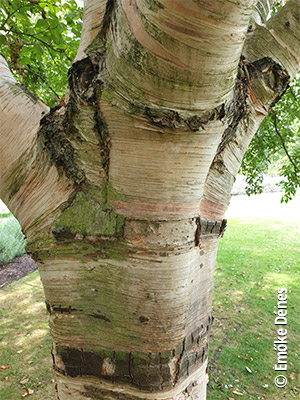
Closeup of the Downy Birch's bark
Icelanders have begun to love their trees, too, and some of the country’s protected birchwood forests are among the most heavily-visited sites for recreation. During the COVID-19 pandemic, the IFS promoted time in the trees as a way to alleviate the stress and mental health challenges resulting from worry and isolation. Forests provide ecological, economic, and psychological benefits, and the people of Iceland are starting to take notice.
The IFS has an ambitious goal of afforesting 12% of the country by the year 2100. They hope not only to create ecologically healthy forests and a thriving forest industry, but to prepare the country to cope with climate change. Iceland’s forests have the potential to sequester enough carbon to offset all of the CO2 released by the country annually, which is why afforestation is a part of the country’s official climate strategy.
To learn more about Iceland’s journey towards afforestation, you can visit the Icelandic Forest Service’s website Forestry in a Treeless Land. To see the birchwoods in person, you can join me on tour!
Iceland: More than Fire and Ice
June 21 - July 1, 2023 | Learn more


